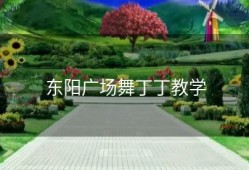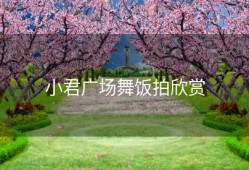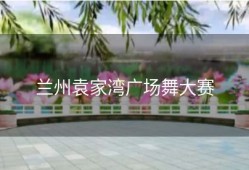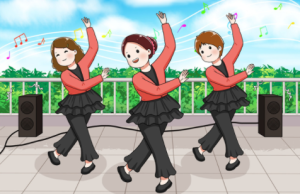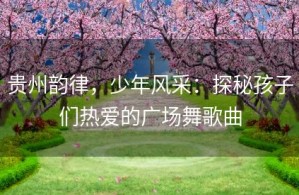The Feelings and Significance of Square Dancing in China
- 广场舞百科
- 2024-04-06 16:50:21
- 33
Square dancing, as a unique cultural phenomenon in China, has become an integral part of people's daily lives, especially for the middle-aged and elderly. It not only provides a fun and healthy way to exercise but also fosters a strong sense of community and friendship. This essay aims to explore the feelings and significance of square dancing in English.

Square dancing, with its simple steps and rhythmic music, has won the hearts of millions of Chinese people. Every morning and evening, in parks, plazas, and even residential communities, you can see groups of people dancing together. The dancers, mostly middle-aged and elderly women, wear colorful costumes and dance with joy and passion. For many, square dancing is more than just a form of exercise; it's a way of life.
The first feeling that square dancing brings is joy. The lively music and easy-to-learn steps make people forget about their worries and immerse themselves in the dance. It's a chance for people to express themselves, to let loose, and to have fun. Square dancing also promotes physical health. The rhythmic movements help improve flexibility, coordination, and cardiovascular fitness. Moreover, it strengthens social bonds. Dancers often become close friends, supporting and encouraging each other both on and off the dance floor.
Square dancing also plays a significant role in promoting cultural exchange and understanding. As China continues to open up to the world, square dancing has become a cultural symbol that showcases the country's vibrant and diverse traditions. Many foreign visitors are fascinated by this unique dance form and are eager to learn and participate. This cultural exchange not only deepens people's understanding of China but also promotes mutual respect and friendship between different cultures.
Moreover, square dancing has become a platform for social empowerment, particularly for middle-aged and elderly women. In Chinese society, this group often faces social isolation and discrimination due to traditional values and expectations. Square dancing gives these women a chance to break free from their daily routines, to connect with others, and to gain a sense of belonging and self-worth. It empowers them, boosts their confidence, and helps them redefine their identities in society.
However, like any cultural phenomenon, square dancing also faces its share of challenges. Noise complaints from nearby residents, limited public spaces, and a lack of official support are some of the issues that need to be addressed. Despite these challenges, the popularity of square dancing continues to grow, thanks to the dedication and passion of the dancers.
In conclusion, square dancing has become an essential part of Chinese culture, offering joy, health, and friendship to people of all ages. It not only promotes physical and mental well-being but also fosters social cohesion and cultural exchange. As China continues to evolve, square dancing will likely remain a cherished tradition, reflecting the country's rich and vibrant cultural heritage.
Keywords: square dancing, China, cultural phenomenon, joy, health, community, friendship, cultural exchange, social empowerment, elderly women.
免责声明:本网站上的所有文章内容均来自互联网。本网站仅在法律允许的范围内使用、分享和传播这些内容,不违反任何版权或知识产权法。如发现本站有涉嫌抄袭侵权/违法违规的内容,请发送邮件25538@qq.com举报,一经查实,本站将立刻删除。
本文链接:https://www.zhuangrou.com/gcw/7525.html




